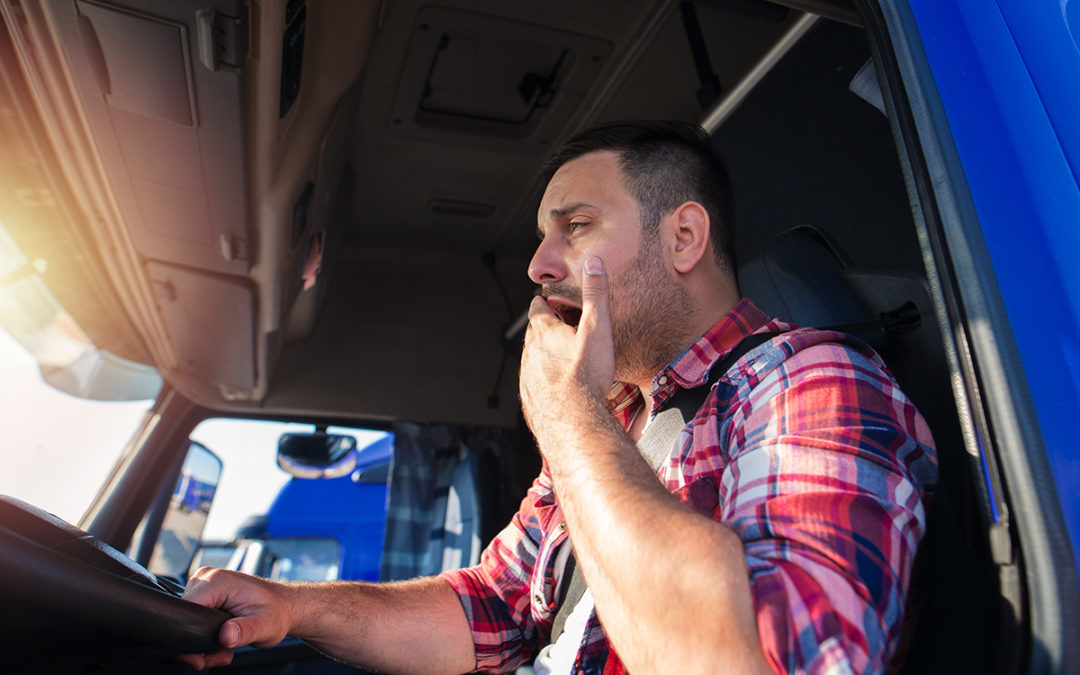The Toll Fatigued Driving Takes
Approximately 20 percent of all traffic accidents are due to fatigued driving. It occurs chiefly because the motorist failed to obtain enough sleep the night before the accident. This happens due to many reasons in our complicated, fast-paced world. In some cases, fatigued driving happens due to prescription and over-the-counter medications that induce sleepiness. Let’s examine fatigued driving, its causes and how to avoid it.
Car Accident Attorneys in Louisiana – The Olinde Law Firm
Our lawyers know full well the damages a fatigued driver accident can cause. While fatigued driving can result from overwhelming lifestyles, such drivers lack the prudence to restrict driving when they are too tired. We have assisted many injured clients to obtain the compensation they deserve after an auto accident with a drowsy driver.
Call us at (800) 587-1889 to schedule a free case review. We’ll be able to review your case, answer your questions and provide you with your options moving forward.
Dealing With Drowsy Driving
Nationally, 750 people die each year, according to the National Highway Traffic Safety Administration. Another 50,000 individuals were injured in the 72,000 crashes related to drowsy driving. Many times, fatigued driving is not included in the police reports, leading to underreporting.
More About Fatigued Driving
Since the circadian cycle sets our sleep cycle, many accidents related to drowsy driving occur during normal sleep times. In addition, there are certain times of the day when drivers are more likely to feel sleepy. These are 1:00 to 6:00 a.m. and 1:00 to 5:00 p.m. Long journeys on a highway also give way to drowsy driving since the roadway is monotonous.
Reasons for Drowsy Driving
Some of the most common reasons for fatigued driving are:
- Sleepless nights
- Driving for more than a few hours
- OTC or prescriptions that cause drowsiness
- Sleep apnea
- Working two jobs or overtime
Actions That Alert You to Fatigued Driving
A driver can be alerted to excess fatigue that could lead to falling asleep at the wheel by any of the following:
- Repeated yawning
- Sensation of falling asleep
- Diminished reaction time
- Achiness
- Altered speed
- Weaving in and out of the traffic lane
- Applying the brakes slowly
- Speeding through a stop sign
- Eyes feeling gritty
When these actions occur, a driver should pull over to the side of the road if possible, and take a short nap. Before doing that, it is a good idea to put your blinkers on to notify other drivers you are present and to lock the doors and windows.
Drunk and Drowsy Driving
There are similarities between drunk and drowsy driving. A driver who has not rested for 17 hours straight has the dexterity and other attributes of a drunk driver with a BAC level of .05 percent. Here are some of the most frequently encountered similarities:
- Trouble dealing with distance and speed
- Decreased ability to concentrate
- Decreased judgment
- Poor dexterity
- Inability to focus
- Poor reaction time
Ways to Make Driving Tired Safer
The best way to alleviate the problems one encounters with fatigued driving, aside from a solid night’s sleep, are listed below:
- Don’t drive more than 10 hours a day
- Take frequent breaks
- Take short naps if possible
- If another driver is in the vehicle, consider sharing driving duties
- Don’t drink alcohol
- Drive during daylight hours if possible
- Use extra caution driving during the hours you normally sleep
- Keep the car cool
- Don’t leave for a long drive after work
Olinde Law Firm
At the Olinde Law Firm, we put our client’s rights first. They have the right to obtain the compensation they deserve from the negligent party. This includes lost wages, medical care and pain and suffering. Call us at (800) 587-1889 to schedule a free case review. You can also reach out to us online.

